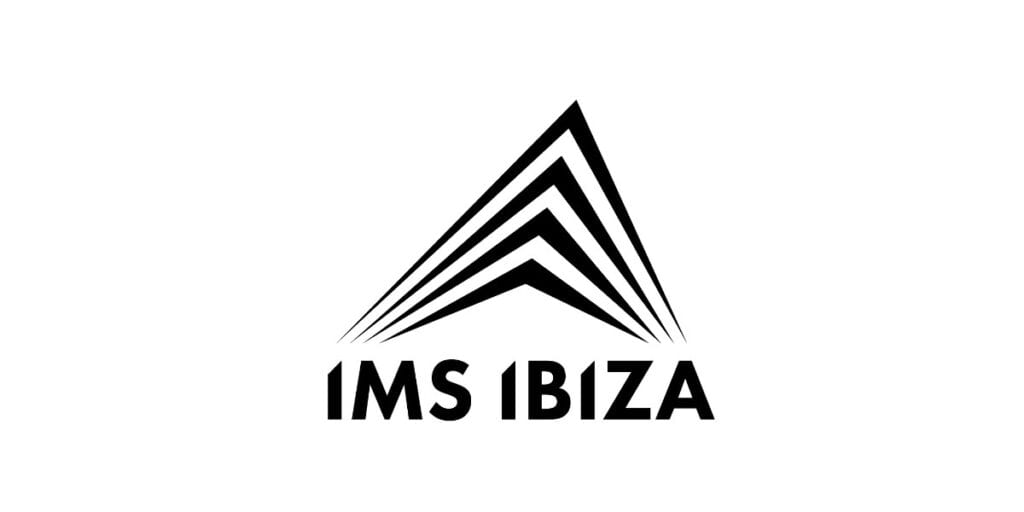The Global Value of Electronic Music Fell To…
The IMS Business Report 2021 in Partnership with Pioneer DJ & Billboard Dance Found The Global Value of Electronic Music Fell 54%
The International Music Summit (IMS) is the leading platform for business, culture, and education in global electronic music. Recently, they released the full findings of the annual IMS Business Report 2021 in a live stream on Beatport’s streaming channels. This is an annual study that provides statistics on the market for the previous year. Professionals across the industry collaborate to provide readers with an in-depth review of the music industry. With 2020 being the year that it was, the global value fell 54%, to $3.4 billion.

The 2021 edition presents a new format report authored by data analyst David Boyle who has previously built global analytics and data insight capabilities for major companies. For instance, this includes The BBC and EMI Music. Boyle has used data to help elect a Prime Minister and a President. It aims to be the definitive account of electronic music in 2020 and the trends shaping 2021 so far, shaped by extensive interviews with over twenty two leaders and visionaries from across the industry plus detailed analysis of over 35 data sets, many exclusive to IMS. The information is truly unique!
The report reveals the profound and lasting effect that the global pandemic had on the electronic music industry.
A staggering decrease of 54% was measured. This is after 10 years of steady growth. The music industry was at its lowest since 2012. However, the pandemic was a big cause of this drop, as events were unable to happen. While the industry suffered as a whole, sectors such as DJ Software and hardware experienced record growth. People found new ways to entertain themselves at home, leading to an estimated increase of 23%. This equates to a global value of $1.1 billion.
There are positives! The world is starting to reopen and this provides many opportunities for the industry to grow. There are many new trends in the scene such as the monetization of NFTs. A staggering 76% of all music NFTs worth $50.2m were issued by electronic artists in the last year. That’s pretty neat, to be honest.
The report shows the recorded music market grew by 7% from 2019 to 2020 to $22 billion.
However, electronic music share declined in the US by 11% and the UK by 2%, lowering the global value of electronic music. In spite of this, dance recorded music revenues broke $1 billion, driven by a rapid rise in popularity in Germany and a rise in Canada and the rest of the world. Interestingly, dance music’s decline in popularity is confirmed by analysis of representation on the top Spotify charts, with fewer electronic artists placing in these charts based upon data in 16 of 18 countries the report studied (Italy and Brazil were the exceptions). IMS exclusive analysis shows that Hip Hop, a genre which has seen a huge rise in popularity and growth in the last five years has plateaued. This is signifying a call to action for music professionals to prepare for Electronic Music’s imminent return to the spotlight, signalling to A&R’s and labels to invest in dance artists and be ready to capitalise on the emergence of the new ‘roaring 20’s’. You can check some interesting data from Viberate that correlates to this!
There are many early signs of growth that can be identified. As a result, this suggests a new phase and resurgence for the genre. For instance, Beatport saw 33% growth despite the overall downloads market declining by 16%. In addition, major labels have confirmed to IMS they are staffing up and investing in teams specialising in electronic music. Warner’s acquisition of David Guetta’s catalog for $100 million demonstrates their faith in the genre. Fashion has moved closer to adopting electronic music as its core soundbed across runway shows, commercials and bespoke fashion lines. Growth is there!
Topping the best-selling Beatport chart for a fifth year in a row is Techno, with House rising to the second most popular genre in 2020. Drum & Bass also rose to be the platform’s fourth most purchased genre and the newly created Dance / Electro Pop genre, which is already in the top ten, moved up to eighth position.

Other key headlines from the report include:
Festivals & Clubs:
-
More than 200 music festivals were cancelled or postponed, resulting in hundreds and thousands of people out of work and $3.4 billion in value lost, down 78% year on year.
-
A huge rebound can be expected as the live industry finds safe routes to reopening and the demand for events is bigger than ever, with Skiddle data showing the value of festival tickets sold in March 2021 was more than the whole of 2020 combined, the value of festival tickets sold was up 3999% in March 2021 compared to the same period last year.
-
The global live music industry is expected to decline 75% in 2020 before recovering to 160%/45% growth in 2021/22.
Livestreaming
-
Livestreaming was the huge success story of 2020, with Twitch alone registering 1.2m new followers for the top electronic music accounts.
-
There’s a clear link between those that successfully execute a live stream strategy and an increase in fans and engagement, with lockdown winners Defected seeing 140k more YouTube subscribers than expected and Beatport’s channel exceeding projected figures by securing 106k additional fans.
-
The challenge to the industry is to continue to engage with and grow digital audiences as the world emerges from the pandemic lockdown.
Monetizing Fans:
-
Blockchain and music recognition tech offers the promise of transparency and fairness in payments. Music recognition technology in clubs also offers the promise of increased and transparent payments with the Netherlands and Australia leading the way on this front.
-
Patreon and TikTok both soared in 2020. TikTok registered 1.3 billion users
You can download the full report HERE!

